In 2000, Naatoiipiksi (Holy Hitter) Kendrick Fox signed up for the Canadian Armed Forces. He joined the Army Reserve - Indigenous Bold Eagle Training course, where he completed his basic training with Indigenous youth from across Canada. His home unit was the 2nd Battalion Princess Patricia's Canadian Light Infantry and he served in Afghanistan following Sept. 11.
He is currently a ULethbridge student in the Faculty of Arts & Science taking Indigenous Studies and he hopes to pursue a Bachelor of Education next semester. On Nov. 5, he was a special guest along with Niiookskasokaatsiim (Three Holy Roots) Tricia Willows for a presentation to the campus community in Iikaisskini Gathering Centre ahead of National Indigenous Veterans Day (Nov. 8).
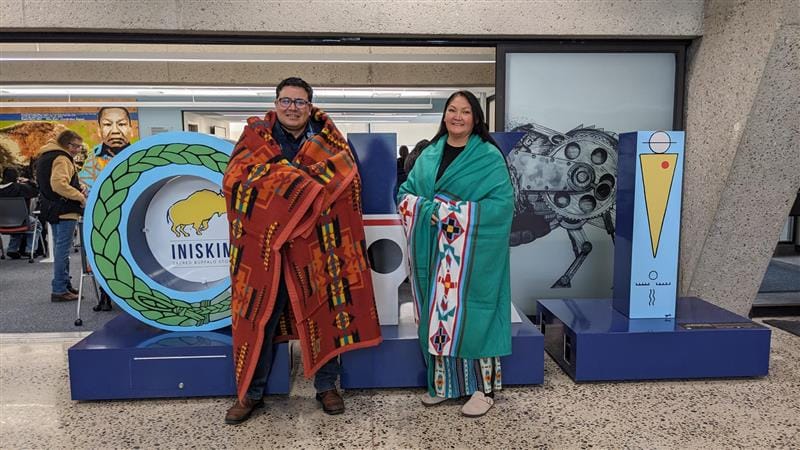
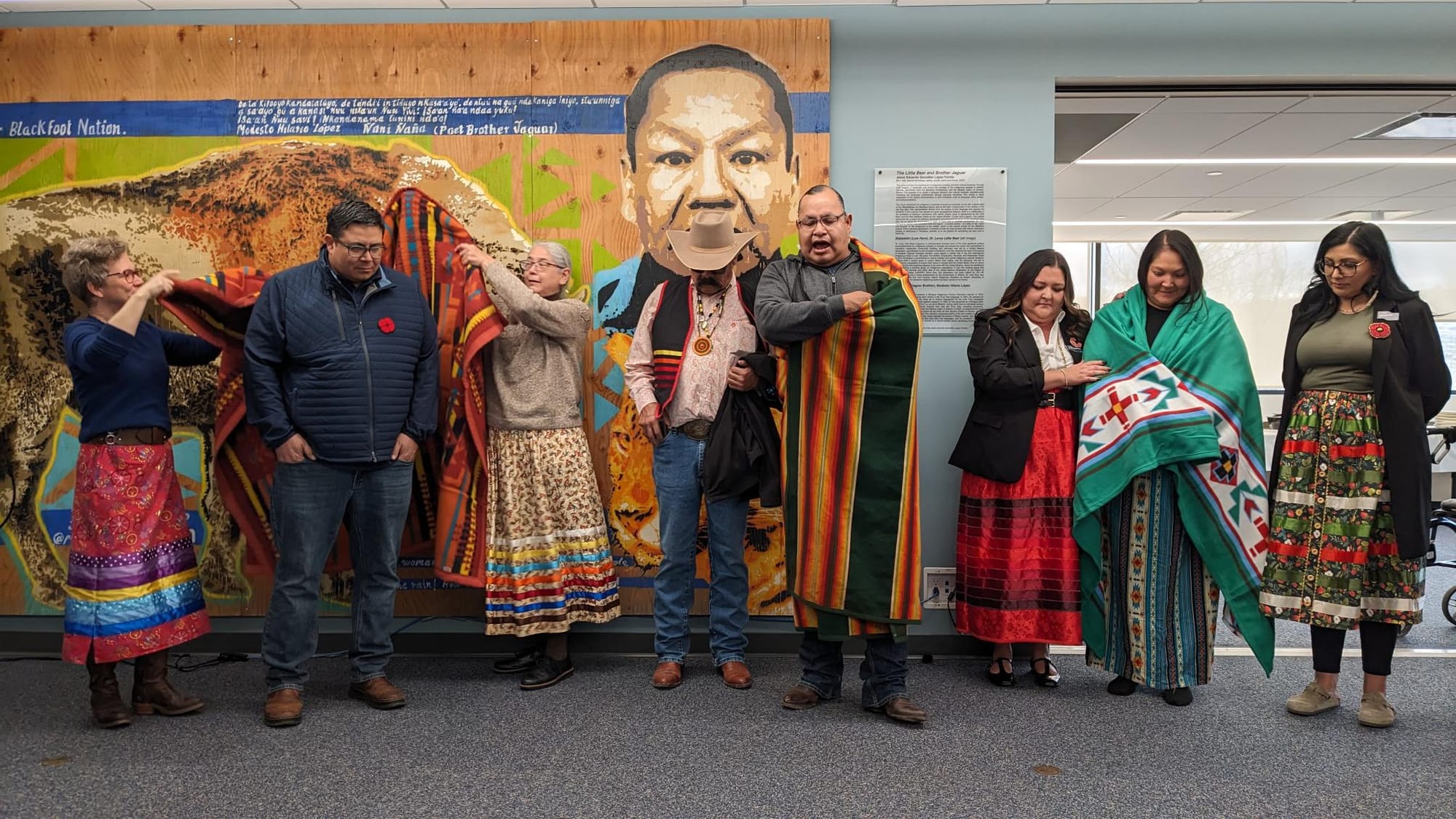
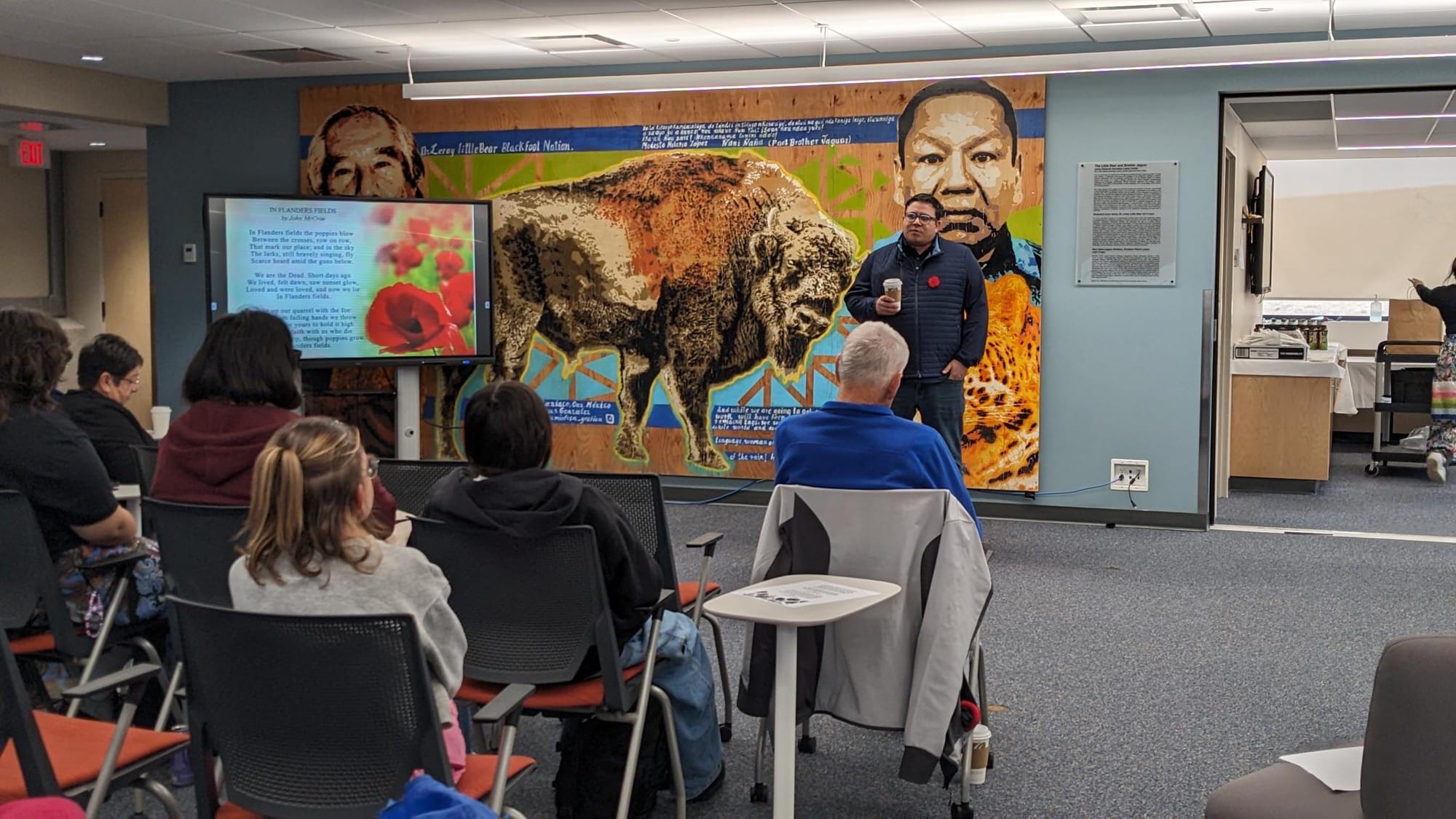
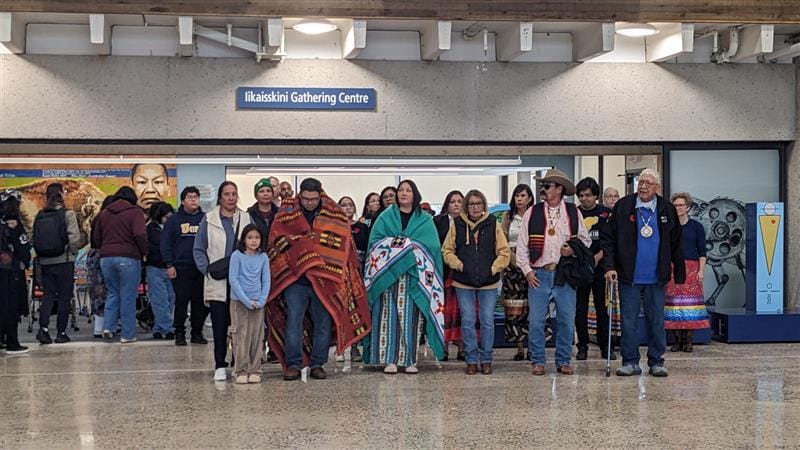
On Nov. 5, 2025, Iikaisskini Student Services hosted an Honouring Indigenous Veterans presentation and Q&A at the University of Lethbridge.
“The duty and pride in service and the flag are very strong in Indigenous veterans. We all have role models who blazed the trail before us and who we looked up to,” says Fox.
“For me, it was World War I veterans from home like Mike Mountain Horse and World War II veterans like Tommy Prince and even my great-grandfather Charles Grier who served in Korea.”
What inspired you to join the military?
“At the age of 16, I was searching for my purpose and sought out how traditionally a Blackfoot or specifically a Kainai'poka would transition into manhood. I sought books and Elders advice and my answer was to go on a war party. This was out of the question in today’s morals and standards since we entered into treaty. Because of this, all the Blackfoot enemies of old had become our allies as they also signed treaties with Canada and the United States. Kainai signed the treaty with USA in 1855 and Canada in 1877.”
How did military service shape who you are today?
“It defines how I conduct myself in every difficult situation. I always compare hardships I face today and compare it to the hardships I faced in those early years of adulthood. On my first mission, we went two days without resupply and we dropped what we had to move faster in chasing the enemy in the mountains of Shah-i-Kot Valley (Afghanistan). The mountains were 11,000 feet above sea level and the daytime temperatures reached 35 degrees Celcius and at night, would drop to single digits.
"You were without warm weather gear and food or water and every five minutes of marching up the mountains were followed by five minutes of catching your breath. This was not even taking into account the dangerous encounters with the enemies we scouted that week. When I compare hardships of civilian life to this, really nothing can compare to it. I am able to continue moving forward in any situation!”
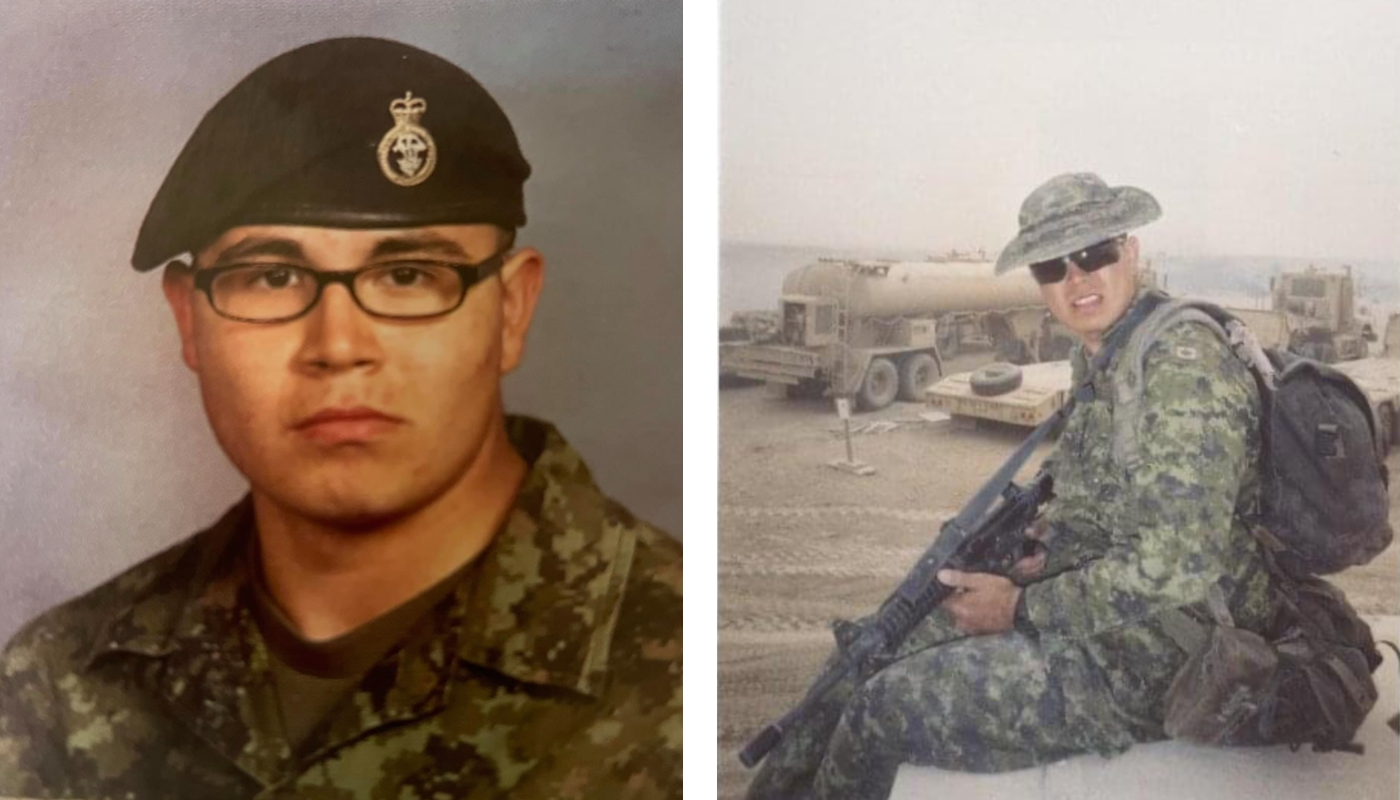
What does Indigenous Veterans Day mean to you personally?
“It is a day of reflection, recognition and remembrance for those that served in the wars past and present and the hardships our veterans faced and continue to face today. It was different for those before me and it may look different to those serving today. Even though we didn’t and don’t have the obligation to serve, we chose to serve and continue to serve and sacrifice."
What do you wish more people understood about Indigenous veterans?
“The cultural hardships they face every day are more intense than in regular society. In regular society, adversities are hidden or subtle where in the forces, at least from when I was in, it was bold and in your face. For example, I was given duties that were a little more dangerous and in higher frequencies. I was the lead assaulter in close-quarter entries for homes and caves and I was chosen as the scout when our section had to lead the company on missions. I, along with my fire team partner who was a first-generation Canadian, were given the name ‘Savages.’
“Through it all, I became friends and built a close camaraderie with those that gave me the biggest hardships. It was a culture that I, and other Indigenous veterans, had to adapt to. Duties became harder if we resisted. If you saw an Indigenous soldier in a leadership position, you knew they were there for their work ethic and dedication to the mission.”
What do you want future generations of Indigenous youth to take away from your experience?
“We all have to blaze our own individual paths forward with meaning and purpose. Our ancestors have always fought for survival so we could be here. Now, it is our duty to fight for our survival in the path we choose, for the generations in the future! If it is in education, language revitalization, trades, military service, raising children, or even sports – whatever path you choose, put your head down, and do it with purpose, pride and dogged determination! Our grandparents held onto ceremony and prayed for our survival, planted seeds so we could succeed today. We also need to pay it forward for the future generations so they can inherit a better world.”
Lethbridge Herald: Local Indigenous veterans share their experiences